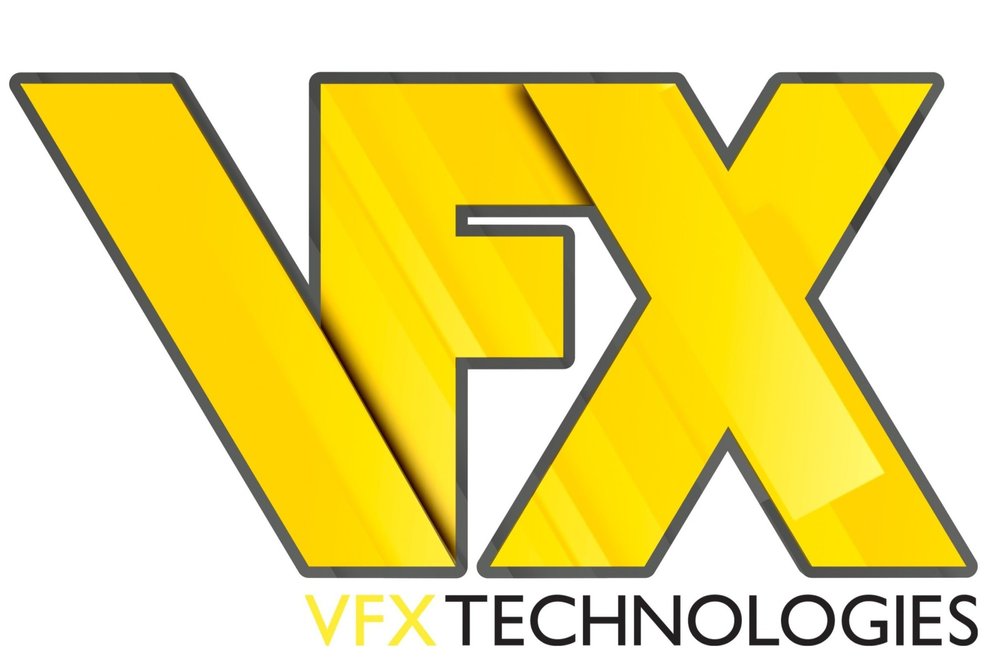The high-performance computers we rent and sell are excellent for still photographers who work with large RAW files. We recently helped a VA based professional photographer who was working on a print 35 feet high by 100 feet wide. It was shot using a Nikon D850 45.7 MP DSLR and a Gigapan. Using a current, top-of-the-line iMac, he could not work on the photo without every move of the mouse taking a frustratingly long time.
photo courtesy of Gigapan
We shipped off an HP Z840 fully loaded with Dual Intel Xeon CPUs, 256GB of RAM, all flash NVME system drives. This custom solution was determined by us knowing the needs of our client and how he wanted to work. A one-week rental was all he needed to get through the project. He did not need to spend tens of thousands to get one particular assignment done although after experiencing the power of the HP Z workstation, we're now in discussions to help him acquire the new HP Z8 workstation with a similar configuration.
Visual media keeps increasing in resolution and therefore file sizes, and this is one of the primary reason we continue to expand our inventory of powerful computers and high capacity storage solutions. Most creatives have demands being put on them by their clients to work in high-definition using 4K and higher with HDR video, complex visual effects in almost every project, creating VR & AR experiences, and large megapixel still images. Computers are coming to market now with a lot of processing power using both CPUs and GPUs to do various tasks based on the design of the software being used.
It is helpful to our customers that we stay up to date on how creative applications utilize the hardware in a computer. If you're using Adobe Photoshop, for instance, we'll put you into a computer with dual multi-core CPUs and a lot of RAM where, if you're using PTGui, we’ll make sure you get a fast machine along with a powerful GPU for speedier stitching and rendering.
Your better choice for obtaining technology may be our "Hardware as a Service" model where we provide the machinery to you when you need it rather than you going out of pocket for it. VFX Technologies can get you the gear you need quickly, and we support the equipment so if something goes wrong, you call us and we will resolve the problem through support and replacement when necessary.
Whether you shoot an image one frame at a time or 24 frames per second and if your subject is real or imagined, you want your work looking its best when you let it go. The right gear will get you there.
Jim Reisman


